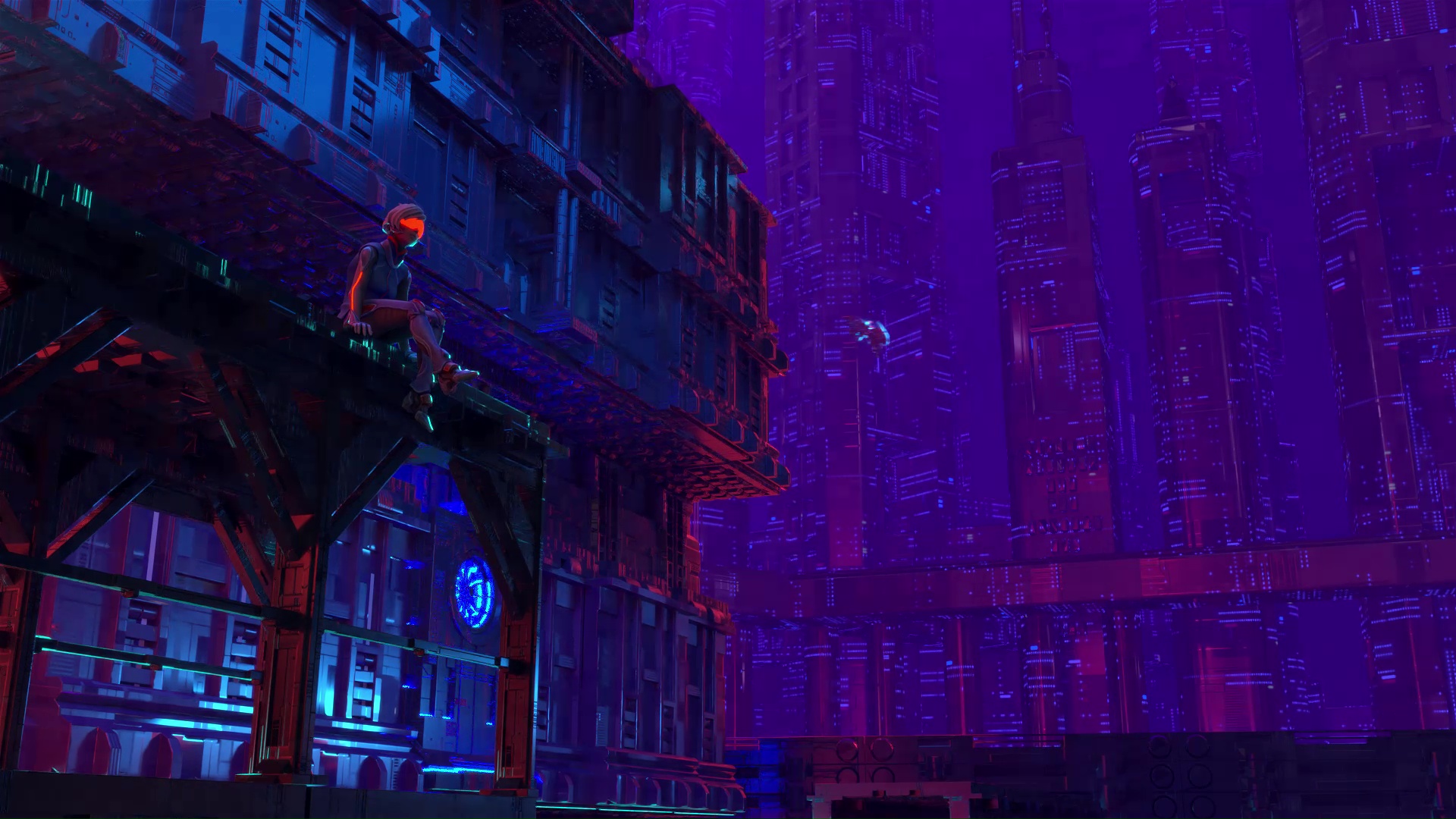Update: Oct 21, 2020
The most exciting VR applications to me are the many creative 3D drawing, sculpture, prototyping and animation tools available for high-end headsets. These tools let you create models and scenes for VR from within VR, giving an accurate sense as you sculpt about how the final piece is working out. Let’s get into the ups and downs (and compatibility) for the top creativity apps.
Tilt Brush
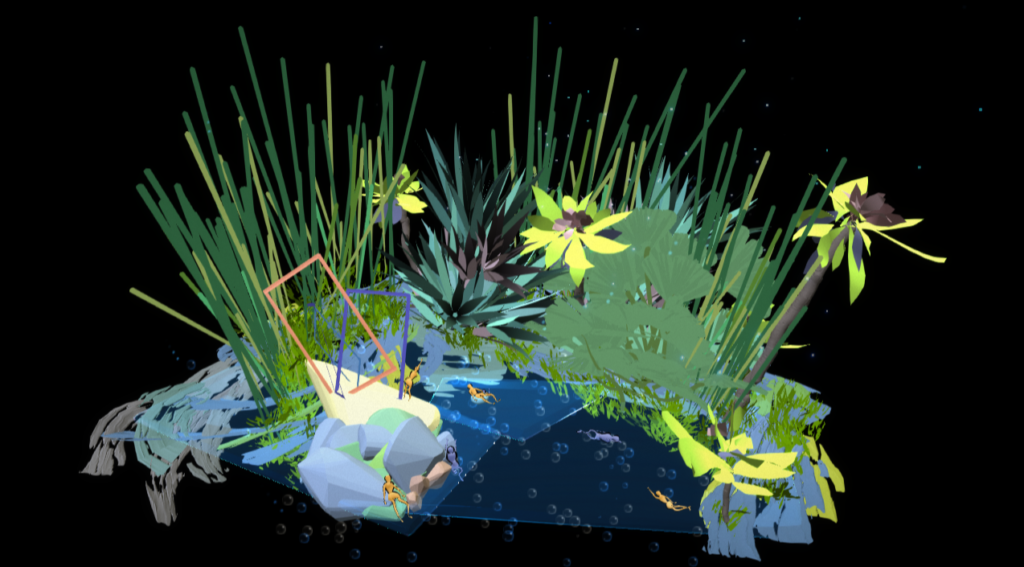
Tilt Brush is probably the best known VR art tool, and is the one app that falls firmly into the 3D drawing tool category, rather than sculpture or modelling. It’s appropriate for art installations and can grow into complex and beautiful animated work — I’ve also seen it used for prototyping other VR games. Tilt Brush wouldn’t work well for creating character models to be used in other games or experiences because the artwork generated consists of many linear brushstrokes rather than a coherent mesh. Nonetheless, this entry is one of the most well known and loved creative applications, and if you’ve ever strolled (virtually) through the halls of the Museum of Other Realities, you’ve certainly marveled at some of the creations made in Tilt Brush. The art created in Tilt Brush tends to be a bit more ethereal than that made using more sculptural applications, since there will almost certainly be gaps in between brush strokes, leaving a more open, fluid feel to much of the work. Once you’ve created something with Tilt Brush, you can share it using the Google Poly platform, which also allows you to browse other artworks and, depending on license, ‘remix’ them to create new variants.
Danny Bittman has an extensive series that will help you get started learning to create art with Tilt Brush.
Price: $29.99
Availability: Vive, Index, Oculus Rift, Oculus Quest, Windows MR, PlayStation VR
Where to Get it: Steam, Humble Store, Viveport (including Infinity), Oculus, PlayStation Store
Quill
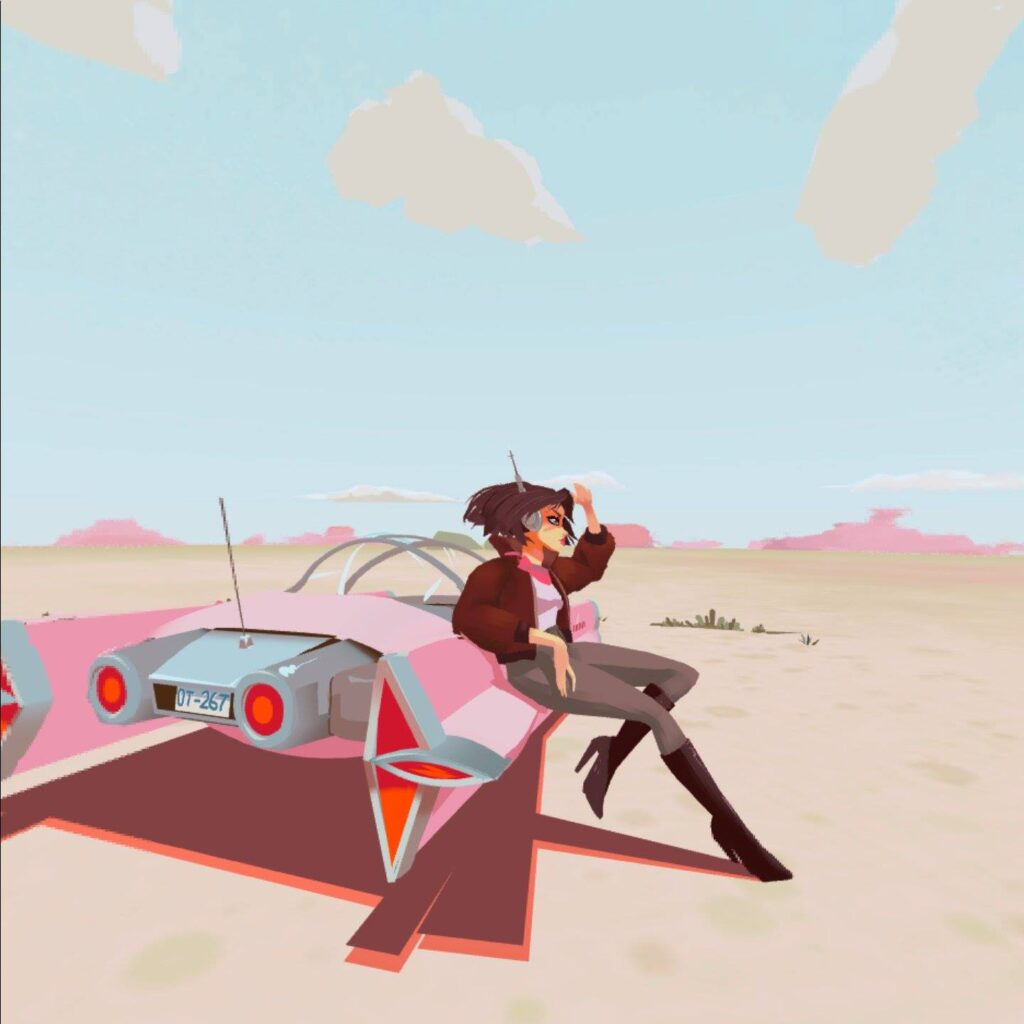
Although it is quite established, Quill is currently listed on the Oculus store as being in Early Access. This is because the application has gone through something of a reinvention with the August 2019 release of Quill 2.0 and it’s updated animation timeline. Quill differentiates itself in its focus on animations. It positions itself as a storytelling tool first and foremost, with timeline tools to create more complex animations. The application also positions itself as an authoring tool for animated VR comics, which I hope we will see more of in the future. One other notable Quill feature is that it boasts support for very large, complicated files that include millions of brush strokes, as well as real-scale drawings up to solar-system size and with sub-millimeter precision without issue. While I’ve never attempted to push Quill’s limits this far, this is a powerful selling point — by contrast, I’ve frequently had Tilt Brush sketches bog down with much less complexity and scale. Quill is free for Oculus users, and it would be a good place to start if you’re primarily interested in volumetric VR storytelling. Quill drawings and animations can be published using the standalone Quill Player and to Oculus Media Studio, and can also be exported in various formats, including FBX for use in Unity and other 3D tools.
If you’re interested in learning about how to create with Quill, Goro Fujita runs a very good video tutorial series on Facebook.
Price: Free
Availability: Oculus Rift
Where to Get it: Oculus Store
Medium
VR sculpting with Oculus Medium from Robert Leger on Vimeo.
Artwork by http://www.nadja-illustration.de/
VR & 3D by http://www.robleger.net/
Medium is a popular sculpting app that has the most ‘clay’ like feel of the VR creation tools. Because it was originally a Facebook/Oculus owned tool, it is still only available for Rift. The software was purchased by Adobe in December 2019. ** See Updates Below ** which has led to some anger — some users complain that the Medium has not been receiving updates since. I’m hopeful that the purchase means there may be further integrations with Adobe’s suite of 3D tools, such as Substance Painter. While some are concerned with Adobe’s Creative Cloud pricing model and worry that Medium could be placed behind a subscription, their competent stewardship of Mixamo suggests to me that this probably won’t happen — at least not without significant changes to the software to justify it. Though Adobe now owns Medium, it is still being published by Oculus, so it’s not clear if there is a possibility of expanding availability to other platforms. Even before I had an Oculus headset, Medium felt the most intuitive to me (I was using it on Vive via Revive https://github.com/LibreVR/Revive), and it’s definitely better with the Touch controllers. So if you have a Rift, or have a link cable for your Quest, consider giving Medium a try.
** Update: Oct 2020 **
Adobe finally released a new version of Medium, with a number of improvements, such as the ability to ‘freeze’ a layer of the sculpt to remove it from memory and improved FBX export. The best improvement, for many, may be that Medium is now free. However, Medium is still available only for Rift, and with the recent release, Quest/Link users have experienced increased jittering. It’s not clear when the application will be ported to other platforms, but hopefully this move will come sooner rather than later, now that the Rift has been discontinued.
My suspicion that Adobe would integrate Medium with its Substance line of products seems to be correct — following the link from Medium’s Oculus store page brings you to the Substance overview page. Having a workflow that smoothly encompasses this line of products would be a great boost to Adobe’s 3D offerings. I was hoping to hear more about Medium at the currently running Adobe MAX event, but Adobe doesn’t seem to be discussing it in many sessions, despite an overwhelming amount of 3D/XR focused programs during the conference. Until Medium is better integrated with the Substance Painter line, it is a very competent, but orphaned product.
Price: $29.99 Free
Availability: Oculus Rift
Where to Get it: Oculus Store
SculptrVR
SculptrVR is an approachable, multiplayer-enabled sculpting app that supports a wide range of devices. SculptrVR boasts ‘10k zoom’ which allows ‘massive creations with tiny details’, but most creations look quite cartoony — they are either blocky (like Minecraft) or smooth as if they’ve been sculpted from child’s modelling clay. Neither aesthetic particularly appeals to me (no judgment if it’s for you), but what really makes SculptrVR stand out is its multiplayer aspect. The app allows you to join in with up to 15 others to create collaboratively (and also, potentially, troll one another). You can upload your work to the SculptrVR content gallery or else export to OBJ, FBX, and GLTF. An additional positive to this app is that it is one of a very few (alongside Tilt Brush and Gravity Sketch) which is available natively for Oculus Quest. The learning curve on SculptrVR is more forgiving, and the price is a reasonable $9.99, so it’s a good experiment, even if just to have a chance to dabble in sculpting alongside friends. Don’t buy this on Viveport — it has not been kept up-to-date on that platform, and is also double the price.
Price: $9.99
Availability: Vive, Index, Oculus Rift, Oculus Quest, Windows MR, PlayStation VR
Where to Get it: Steam, Oculus Store, PlayStation Store
Masterpiece VR / Masterpiece Studio
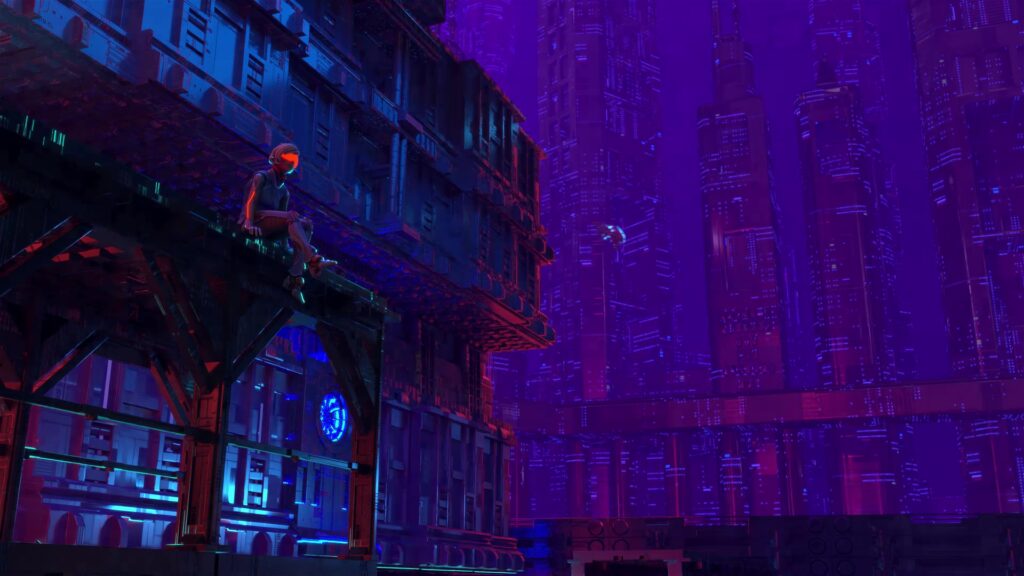
Masterpiece has recently pivoted it’s primary offering towards a subscription model, though the original standalone app, Masterpiece VR, is still available and may provide better value for most non-professional users. Masterpiece VR has a lot of similarities with Medium, in that it has a clay-like feel to the sculpting tools. The new subscription service, Masterpiece Studio, includes two apps — Masterpiece Creator (basically Masterpiece VR plus a few bells and whistles), and Masterpiece Motion, a rigging and animation solution. Although Masterpiece Studio has a free trial with no time limit, it prevents export — beyond this, the lowest-cost discounted ‘launch’ subscription is around $19/month with an annual commitment. Masterpiece Studio’s features and workflow is aimed at professional 3D asset creators, and includes decimation and optimization of models plus the rigging and animation features. If you’re selling character models for a living, this might make sense — a rigged, animated model is a lot more appealing to most customers than a simple model, but for many solo developers or hobbyists, the subscription may be too much of a barrier. If you’re interested in Masterpiece, you can give Masterpiece Studio a try to see if you like the overall feel of the app. If you do, and you don’t want to spring for the subscription, buying Masterpiece VR is still possible — just know that support may be limited going forward.
Masterpiece VR
Price: $29.99
Availability: Vive, Index, Oculus Rift, Windows MR
Where to Get it: Steam, Viveport (Including Infinity), Oculus Store
Masterpiece Studio
Price: Starts at $18.95/month with yearly commitment and launch discount
Availability: Vive, Index, Oculus Rift, WindowsMR
Where to Get it: Steam, Viveport, masterpiecevr.com
Gravity Sketch
Gravity Sketch was originally marketed as a product design tool, sort of an organic CAD program for VR. Since then, it’s expanded out to aim at a wider creator audience, but the feel of it is a little more geared towards designing a chair or lighting fixture, rather than character design. So, many of the application’s features are dedicated to supporting these uses — for instance you can separate your work out onto layers so that they can be sent to production via rapid prototyping. You can see further evidence of this focus if you look at the workflow page https://www.gravitysketch.com/workflows/ of the Gravity Sketch site — the first three workflows listed are transportation, industrial design and footwear. Despite this focus, it is a competent all around modelling tool, and has the benefit of being available on a wide variety of platforms. One common frustration with Gravity Sketch has been that previous versions of the Individual licence (rather than the monthly-fee Studio or Pro licenses) is that there were some limitations placed on certain features, most notably the number of layers available. Gravity Sketch is changing their pricing model — starting yesterday August 7, there are no Studio or Pro licenses available. Instead, users with the Individual license, which comes with a one-time payment will soon unlock unlimited layers, while collaboration tools and other features that are helpful for more industrial applications will be only available on a Business plan. Hopefully their new pricing model will allow smaller creators to find more use from Gravity Sketch, since one of the primary complaints about the program was the way the layer limit of 4 prevented users from really getting the most out of the app.
Price: $29.99
Availability: Vive, Index, Oculus Rift, Oculus Quest, Windows MR
Where to Get it: Steam, Viveport (including Infinity), Oculus Store
Blocks
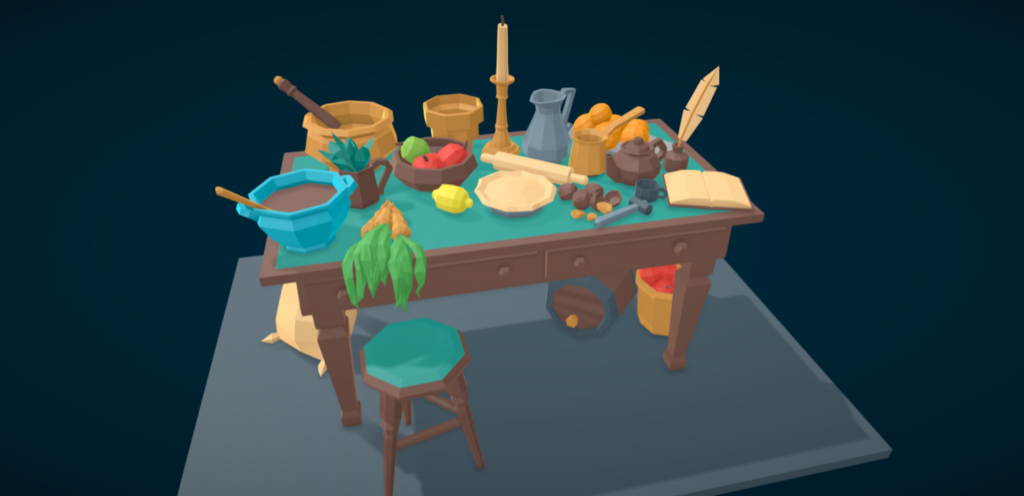
True to its name, Blocks is an app from Google that is well suited to producing blocky low-poly assets. It’s great for creating simple assets or prototypes, though there are examples of complex scenes created with Blocks, too. Unlike Tilt Brush, Google’s other entry in the VR creation space, Blocks models are created by placing and manipulating primitives — simple shapes like cubes, spheres and cones. The Blocks landing page advertises ‘6 simple tools, endless possibilities,’ and it’s true that there is quite a bit of power in what seems like a minimal toolset. The models produced are very different from Tilt Brush creations — where Tilt Brush drawings lean towards the ethereal, Blocks models are clean and volumetric. They are also relatively lightweight in their geometry, even before being optimized, which means they are well-suited for use in prototypes, mobile XR applications and WebXR. Because it’s from Google, you can directly export your Blocks creation to Google Poly. This can really streamline further XR development, since many other apps (including Mozilla Hubs) make use of the Poly API to allow you to directly import models. If you’re a Unity or Unreal user, there are plugins (Unity, Unreal) that let you pull in Poly assets in-Editor as well as at runtime, too,.
Blocks has a more gentle learning curve than most of the other tools in this list, and best of all it is free. If you are reluctant to invest before learning if VR art creation is for you, Blocks might be a great place to start.
Price: Free
Availability: Vive, Index, Oculus Rift
Where to Get it: Steam, Oculus Store
Kodon
I bought Kodon ages ago and never tried it. I rarely even thought about it, since it’s a tool that seems to fly under the radar somewhat — it’s been stuck in some form of alpha or beta for several years. Finally I jumped into the application, and found that it was capable, and also accommodated a few different workflows. Kodon has modes for both poly modelling, where you can extrude and manipulate faces and edges, much as with Blocks or many screen-based modelling platforms. But Kodon also allows for the more organic clay-like manipulation of an application like Medium. Slowly, the developers are adding features like stamps to increase the speed at which you can build up geometry, and creating new workflows that allow you to combine hard modelling and sculpting. I was surprised to discover that during my first session I was able to sculpt a moderately successful portrait of a man. There were a few glitches with my experience, including occasional performance hiccups and frustration with the inadequate UI, but I left feeling optimistic about what Kodon brings to the table.
Price: $29.99 ($25.00 on Viveport, but Steam gets new releases earlier)
Availability: Vive, Index, Oculus Rift, Windows MR
Where to Get it: Steam, Viveport (but see note above)
Sharing your Work
Making artwork using VR tools is a great way to dip your toes into virtual reality creation. Many of the tools mentioned here offer ways to publish your work to online galleries — doing so will allow you to workshop various 3D ideas and share your vision with others. Take a look at Google Poly and Quill Theater for ways you can publish without the use of additional tools. There is increasing interest in artists who can express themselves in 3D, so if you have any artistic ambitions, this is a great time to get started with VR sculpting tools.

